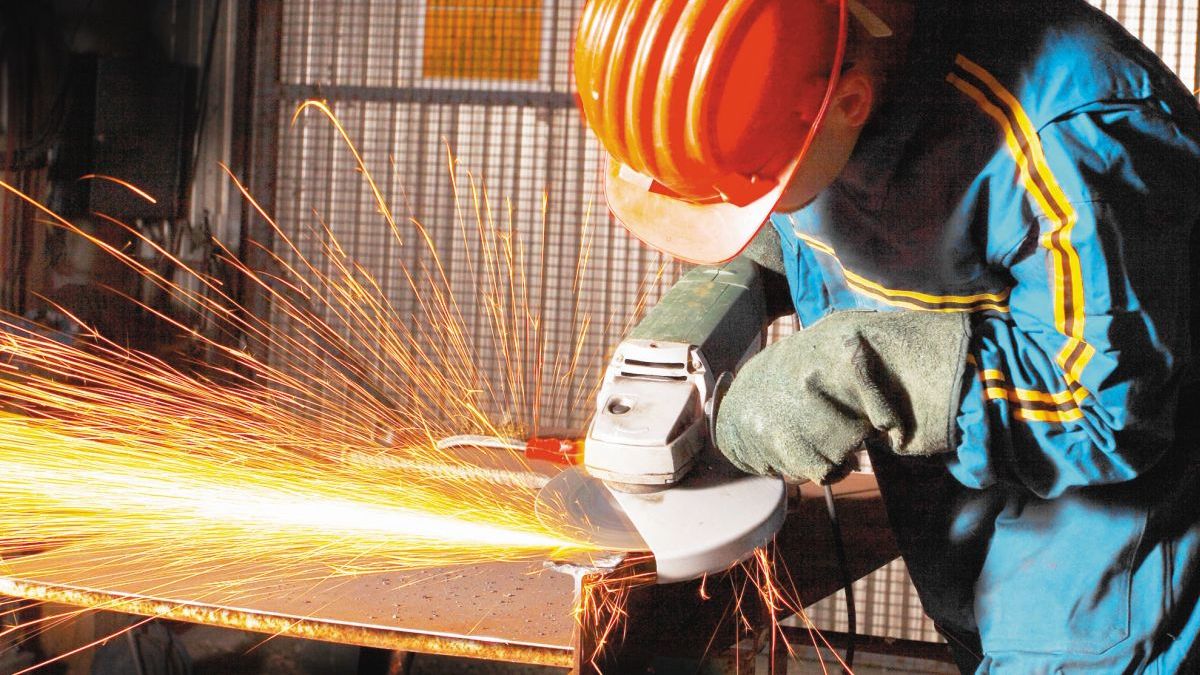Tax increases, high transportation costs and a weak dollar are just some of the factors that explain the lack of competitiveness in foreign trade faced by SMEs. In numbers, In one year, 227 companies in the sector stopped exporting.
The figure represents a decrease of 9.2% between June of this year and the same month in 2023 and arises from a private analysis of official export clearance data. The fall occurs despite the increase in exports -11% year-on-year- in dollars and 15.6% in tons.
The explanations are diverse, although Pablo Bercovichformer Undersecretary of SMEs of the Nation and director of SME Brandsums them up in one: “This is a net lack of competitiveness”. According to the professional, “many SMEs are trying to export, but the lagging dollar, costs in dollars and the rise in the price of energy generate little competitiveness.” In addition, he warns that exports “They are concentrating on the primary sector”.
Tariffs, dollar and freight: the main obstacles for SMEs
In this regard, a source representing the industrial sector says off-the-record that the cost of tariffs, which were last updated in June, is a major obstacle to the competitiveness of SMEs.There are businessmen who went from invoices of $80,000 to $5,000,000, and that conditions them because they cannot transfer it to the prices they sell to foreign markets.“, the Mint.
The increase in rates is a sensitive point for the Government, because it is a measure required by the International Monetary Fund (IMF), starting in August. The organization, led by Kristalina Georgievamade this clear in its latest staff report: “On the energy front, the authorities plan to achieve full cost recovery during the second half of the year and replace the segmentation scheme with one that subsidizes a basic consumption basket for vulnerable households. The next adjustments are expected after August.“.
On the other hand, the appreciation of the exchange rate in real terms is a problem for industrialists, since it reduces their competitiveness once the product is loaded into the container.The exchange rate policy is aimed at fighting inflation and does not have a productive outlook“They protest from the hallway of a business entity. The devaluation of the Real does not help either.
In turn, in dialogue with Ámbito, the sector highlights other problems, such as the fact that not all SMEs are attached to the temporary import figure due to bureaucratic issues, a situation that is aggravated by the increase of the COUNTRY tax from 7.5% to 17.5%although the Government promises to reduce it in September.
The cost of international freight together with the deregulation of tariffs at the port of Buenos Aires They also make it difficult to contain the cost structure and cause chains with even low added value, such as the timber sector, to be excluded from the market.
Finally, a topic of no less importance is the lack of containers for export: “there is a very big problem with the availability of this input, because generates the need for reservations more than a month in advance to complete the commercial operation,” they told this media.
The agenda of exporting SMEs
Regarding this problem, the economist Martin Kalosdirector of the EPyCA consultanttogether with Bercovich, presented report No. 7 of the IPA Observatorywhich highlights the main points currently on the agenda of exporting SMEs:
- Elimination of tariffs on specific inputs, intermediate goods and capital goods that are not produced domestically: the existence of tariffs on the import of intermediate and capital goods that are not produced domestically makes domestic production using such inputs more expensive. This reduces the overall supply and its diversity and technological modernization. On the other hand, Argentine companies that produce widespread inputs and ferrous and non-ferrous steels/metals and basic raw materials on a large scale manufacture on a large scale, which allows them to compete internationally.
- Tariffs on products produced by SMEs: In Argentina, the tax burden on domestic production is high, especially if imported inputs are used that are subject to tariffs. In addition, its distance from the production frontier and the relatively low scale of the local market need to be compensated to encourage fair competition.
- Technical Regulations and Certification Laboratory: The lack of control and intervention by MSMEs in reviewing compliance with quality standards of imported products, which also compete with national production, generates unfair competition between these and national products that comply with the regulations.
- Elimination of withholdings on SME exports: Most companies in Argentina are SMEs and they are also the ones that hire the majority of formal employment. However, their share in total exports and exporting companies is not only relatively small, but has decreased in recent years. Furthermore, periods of exchange rate appreciation strongly reduce their level of competitiveness at an international level.
- Export promotion: Companies need to reach a certain level of competitiveness in quality and productivity to enter the international market, and develop foreign trade capabilities to interact with customers. In this regard, it is important to provide specific lines of financing with special conditions for SMEs for training staff in foreign trade, in the use and management of technologies and investment in technological modernization.
Source: Ambito




